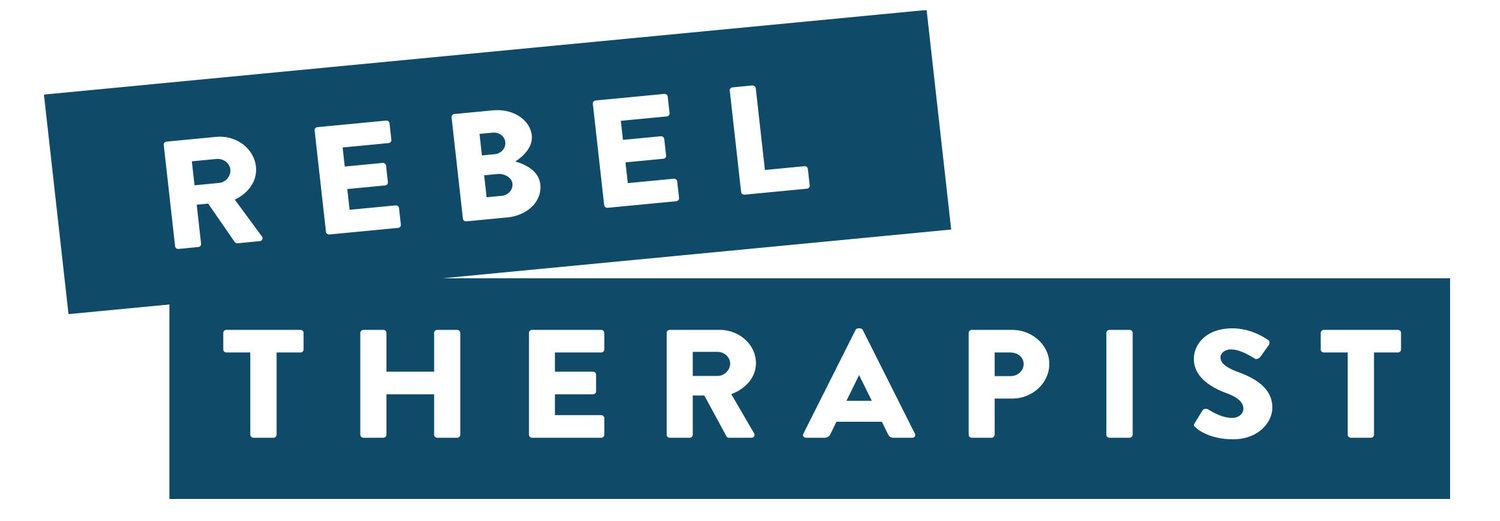Is it time to try public speaking?
Speaking rocks. It’s one of the fastest ways to bring clients into your practice. If you told me you absolutely need to bring in ten solid clients in the next month, I’d tell you to plan some speaking engagements. Speaking is an opportunity to interact with several of your potential clients and show them your expertise and what it’s like to work with you.
You may be coming up with reasons public speaking isn't for you.
Is this what you’re saying?
"I’m not a charismatic speaker."
"I hate public speaking."
"I don’t have a talk ready."
"I don’t know where to speak."
"I’d rather write, network, or do just about anything else."
Allow me to push you a little bit.
When my friends invite me to go on a hike, I ask them to call it a “walk” instead. I can always go for a walk. A hike? Sometimes it sounds like a bit much.
So maybe you don’t have to call this thing “public speaking.”
How about one of these:
- “Running a short workshop”
- “Leading a group discussion”
- “Teaching a skill to a group of people”
Choose who, what, where, and when.
You might think the first step is to plan out your talk, but that comes later. Choose your audience, topic and title, then choose where you’re giving your talk, and schedule it. You’ll figure out the content and practice the talk as you get closer.
Think about who your right-fit clients are. If you work with a wide range of clients, choose one type of client to start with, then figure out where those clients go to talks. If you don’t know, crowdsource to find out. Ask your colleagues and friends who most resemble your right-fit clients.
The easiest way to give a talk is to present at an organization’s event. The organization advertises your talk to their audience and you just show up.
If you don’t want to speak for an organization, you can host your own talk.
Does your therapy office have room for 4 or more participants? Host a one-hour free workshop, and offer it a few times so that you can include several participants. Invite colleagues to come and/or to tell their clients.
Give an online workshop. Use google hangouts or zoom to host a webinar. If your right-fit clients are busy professionals, they might find an online talk easier to attend.
Plan your talk.
Decide what you want your participant to be able to do or know by the end of the talk, then plan the entire talk to achieve that goal. Keep it simple. A deep dive into one skill is more valuable than an overview of everything you know. If you’re presenting about relationships, don’t give an overview of the 10 most important relationship skills. Teach one or two skills so the participants can use them when they get home that night.
Leave plenty of time for practicing and discussing. Go beyond just adding a question and answer period to the end of the talk. Breanne Dyck, author of Beyond Satisfaction, says that people learn more when they interact with the material than when they just hear it. You know this from your own experience as an audience member. When you do an exercise, write or talk about a skill, you learn that skill much more thoroughly than when you only listen to a lecture. Throw in a silent think, a pair share, a group brainstorm, or a writing exercise.
Practice your talk. If you hate the idea of talking to yourself for the full length of your talk, divide it up and practice 15-minute segments.
Give your talk.
Be yourself rather than trying to imitate your favorite public speaker. Figure out how you communicate when you’re at your best and be that way in during your talk. If you’re an excellent story-teller, start with a story that pulls people in. If you’re more of a listener than a talker, set up the event as a group discussion. Make eye contact. Let them see what you’re like as a therapist.
At the end of the talk, give the participants a clear next step to work with you. Pass out a feedback form with very simple questions such as “What is one thing you will implement from this talk?” and include a check box to sign up for a free consultation with you. Explain what a participant will get out of a free consultation with you. For example “If you’re thinking you want to learn more about how to….sign up for a free consultation. We’ll talk for 15 minutes and I’ll suggest some next steps you might take.”
Contact those people who sign up for a free consultation right away.
The more times you give a talk, the easier the process becomes. You can do this.
Want free resources from me in your inbox each week? Sign up below. I'll never spam you or share your email address. Unsubscribe easily at any time.

